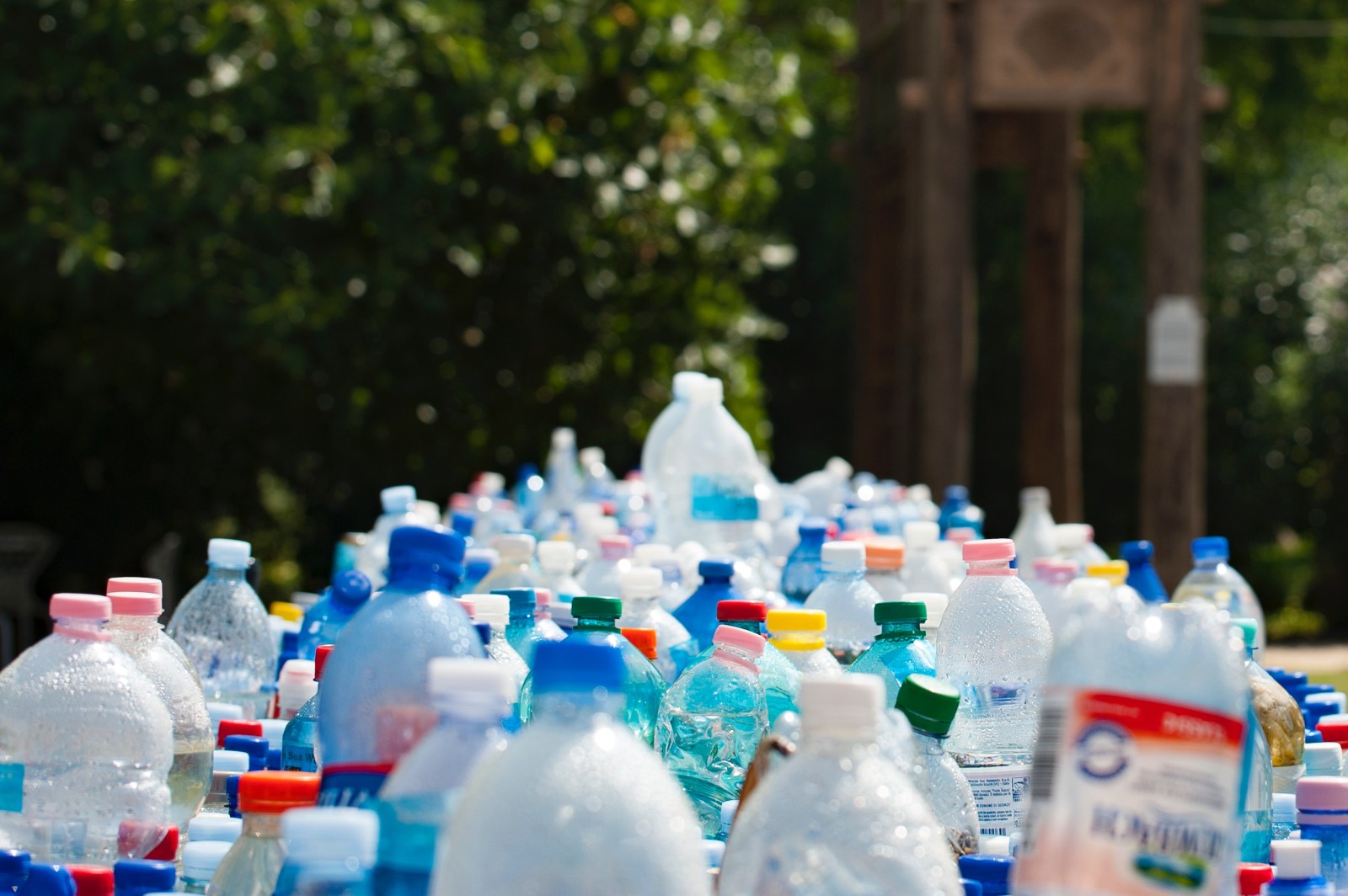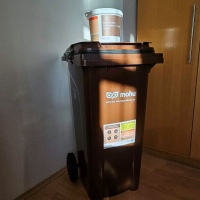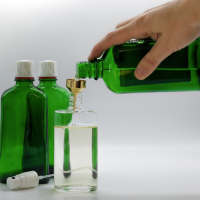End of waste criteria for plastic tabled
Ez is érdekelhet

The European Commission has published long-awaited proposals on developing end of waste (EoW) criteria for plastic.
A maximum limit for non-plastic impurities of 2% is proposed by the Commission’s scientific service, the Joint Research Centre (JRC). This limit is likely to be one of the main points of debate in the coming months as criteria are finalised, plastics industry experts said. The proposal also specifies that EoW plastic should have no hazardous properties and should not come into contact with contaminants during processing.
Industry experts welcomed the publication of the proposal, which came as a surprise after the Commission struggled to gain approval for EoW criteria for other waste streams. The negative experience with EoW criteria for paper, which were dropped last year due to strong opposition, is not likely to be repeated as there is a much stronger consensus in the waste plastic value chain on the benefit of EoW criteria, one industry source predicted.
The development of EoW criteria for waste plastic will have benefits including an improved market for recycled products in the EU with reduced administrative burdens for trade and transport, and a “recognisable distinction” between quality-assured and non-quality-checked waste plastic, according to the JRC. It proposes to exclude energy recovery from the criteria.
“The technical requirements, the legislation and the standards that would apply for waste plastic destined for [energy recovery] would be both conceptually and in the details totally different from those that apply for recycling,” the JRC said. And if recycling were not prioritised over energy recovery, the EoW criteria could come into conflict with the recycling targets set in the Packaging Waste Directive, it added.
Around 30% of waste plastic collected in 2008 was incinerated for energy recovery, with 10% of this in cement kilns. A spokeswoman for cement lobby Cembureau said that “while high quality recycling in Europe is the preferred option for plastic waste, policymakers should also afford greater recognition to energy recovery as an optimal solution for non-recyclable plastic waste”.
The JRC also proposes to exclude feedstock recycling, which produces refined gas or liquid hydrocarbons used as chemical feedstock or as fuels. But interest groups are divided on this issue. Some have proposed that the legal text should include a review clause on feedstock recycling.
Experts consulted by the JRC were also split on what the plastic material that meets EoW criteria should be called – waste plastic or plastic recyclate. The JRC opted for the former. The next step will be talks on the JRC paper between policymakers and industry, member state representatives, NGOs and academia. The Commission may subsequently bring forward a formal legislative proposal.
Source: endseurope.com







